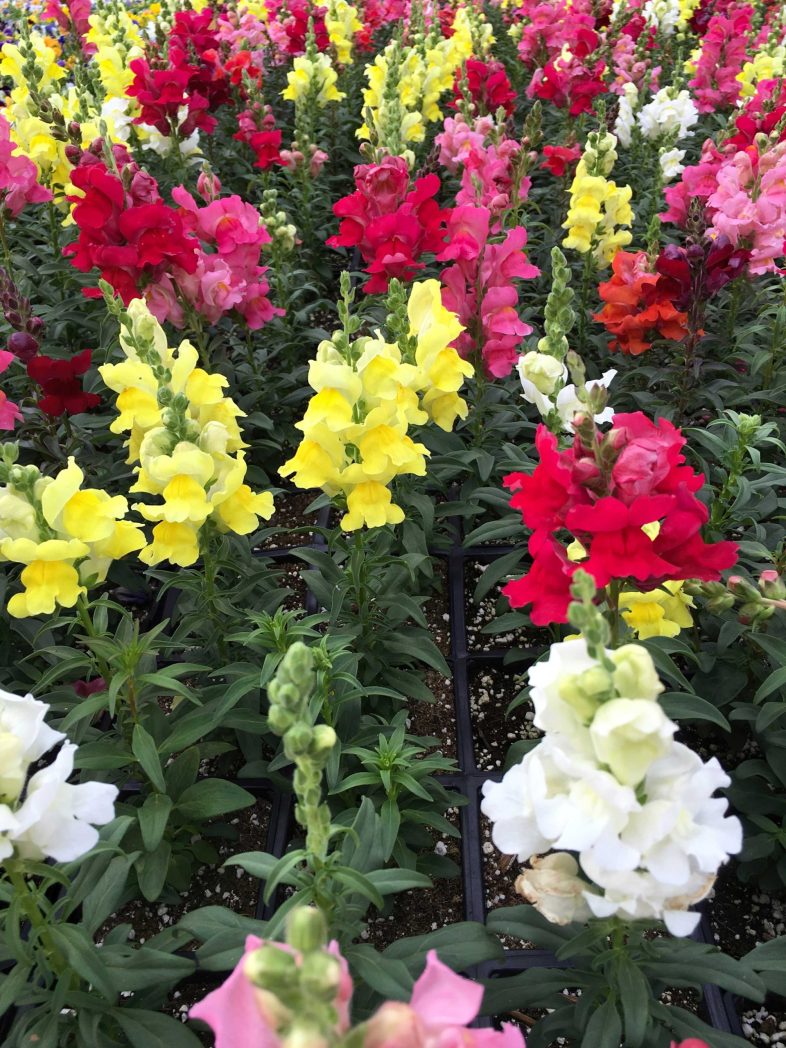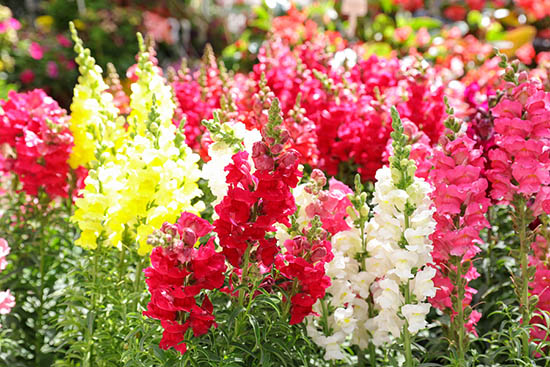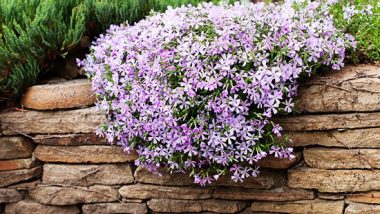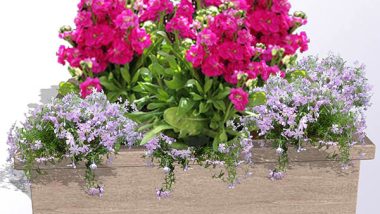Last updated on January 4th, 2026 at 08:21 am
Snapdragon Plant Care. These plants are also called Antirrhinum, dragon flower, or the Spanish name “Boca de dragón”. They will bloom throughout the spring season and into early summer. Once it gets hot, they start to fizzle out in the hot southwest summer heat. But to make them bloom longer and look better, try to place them in the morning sun and afternoon shade. You can also water them often, and they will respond with new growth and blooms. The plant is not dangerous to dogs, children, or adults.
Use good organic soil in garden beds or potting mix if you plan to place them in containers. Water about 2-3 times per week during the spring seasons more often once the sizzling summer sets in. Remember, pots will retain heat during the summer seasons. Watering more often will help keep your plants from drying out. Fertilize with a good all-purpose fertilizer; a 20-20-20 analysis will work well.
What are Snapdragon Plants
Snapdragon plants are colorful, easy-to-grow flowers that brighten gardens with their unique appearance. Named for their blooms resembling a dragon’s mouth, they “snap” open when squeezed. These plants thrive in cool weather, making them popular for spring and fall gardens. Available in various sizes and colors, snapdragons suit borders, containers, or as cut flowers. They grow best in well-drained soil and full sun but can tolerate partial shade. Regular deadheading encourages continued blooming, keeping your garden vibrant longer. Whether you’re filling a flower bed or decorating a patio, snapdragons are a versatile choice.
Types of Snapdragons
The most common ones are tall, and the blooms come in many colors: reds, whites, yellows, lavender, purple, and pink. These tall Snapdragons will reach a height of about 1-2 ft. tall, sometimes taller if conditions are right. For the best look or effect, it’s best to plant them in mass around a border or towards the back.
There are dwarf snapdragons (Antirrhinum majus) have the same requirements and the colors are the same. Many novice gardeners mistake these plants for garden stock plants.
Where to place them?
Most garden websites recommend planting snapdragons in full sun, and while this advice is generally correct, it doesn’t tell the whole story—especially in warmer climates. Snapdragons do need plenty of sunlight to grow strong stems and produce abundant blooms. However, in regions with hot summers, intense afternoon sun can cause plants to decline quickly.

For this reason, I recommend planting snapdragons where they receive morning sun with light afternoon shade. This slight protection from the hottest part of the day helps reduce heat stress, keeps foliage healthier, and allows the plants to bloom longer as summer temperatures rise. In the Southwest, this can make a noticeable difference in both flower quality and longevity.
Snapdragons are very versatile and work well in garden beds, borders, and decorative containers. When planting in the ground, use them in layered arrangements for the best visual impact. Place tall snapdragon varieties toward the back of beds or against walls and fences. In front of them, add smaller annuals or perennials such as lobelia or periwinkle, which help fill in the space, soften the planting edge, and highlight the snapdragons’ upright flower spikes.
This tiered planting approach not only looks more natural and balanced, but it also improves air circulation and ensures that each plant gets the light it needs without being crowded.


Are snapdragons perennials or annuals?
They prefer cool weather and will return year after year if planted in good soil, and temperatures do not consistently drop below 10°F during the winter season. Snapdragons are self-seeding plants, meaning they will drop their seeds nearby, and if conditions are right, they will germinate. The seeds will survive minus-degree weather, making it a good choice for cooler regions of the southwest. Most local nurseries will sell snapdragons as an annual, and you will find them in the annual section. From my own experience, they usually start to pop up in late winter or early spring.
Problems with Snapdragons
Snapdragons are very hardy and easy-to-care-for plants, but on occasion, they can develop powdery mildew, aphids, rust, and blight. Avoid overspray from the sprinkler system to keep diseases away. At the first sign of aphids or other insects, spray with insecticidal soap or neem oil, both of which are organic insecticides.
Are Snapdragons Safe for Pets and Pollinators?
-
✅ Non-toxic to cats and dogs
-
🐝 Attract bees
-
🐦 Attract hummingbirds
This makes snapdragons a great choice for pet-friendly and pollinator-friendly gardens.
Learn more about snapdragons over at Wikipedia.
Companion plants would be dusty miller, periwinkle, geraniums, and lobelia, shown below.

USDA zones are 7-11.

Greenhouse Manager, Master Gardener, and Webmaster.
If you have any questions or enjoyed this post, feel free to share your thoughts in the comments below.




